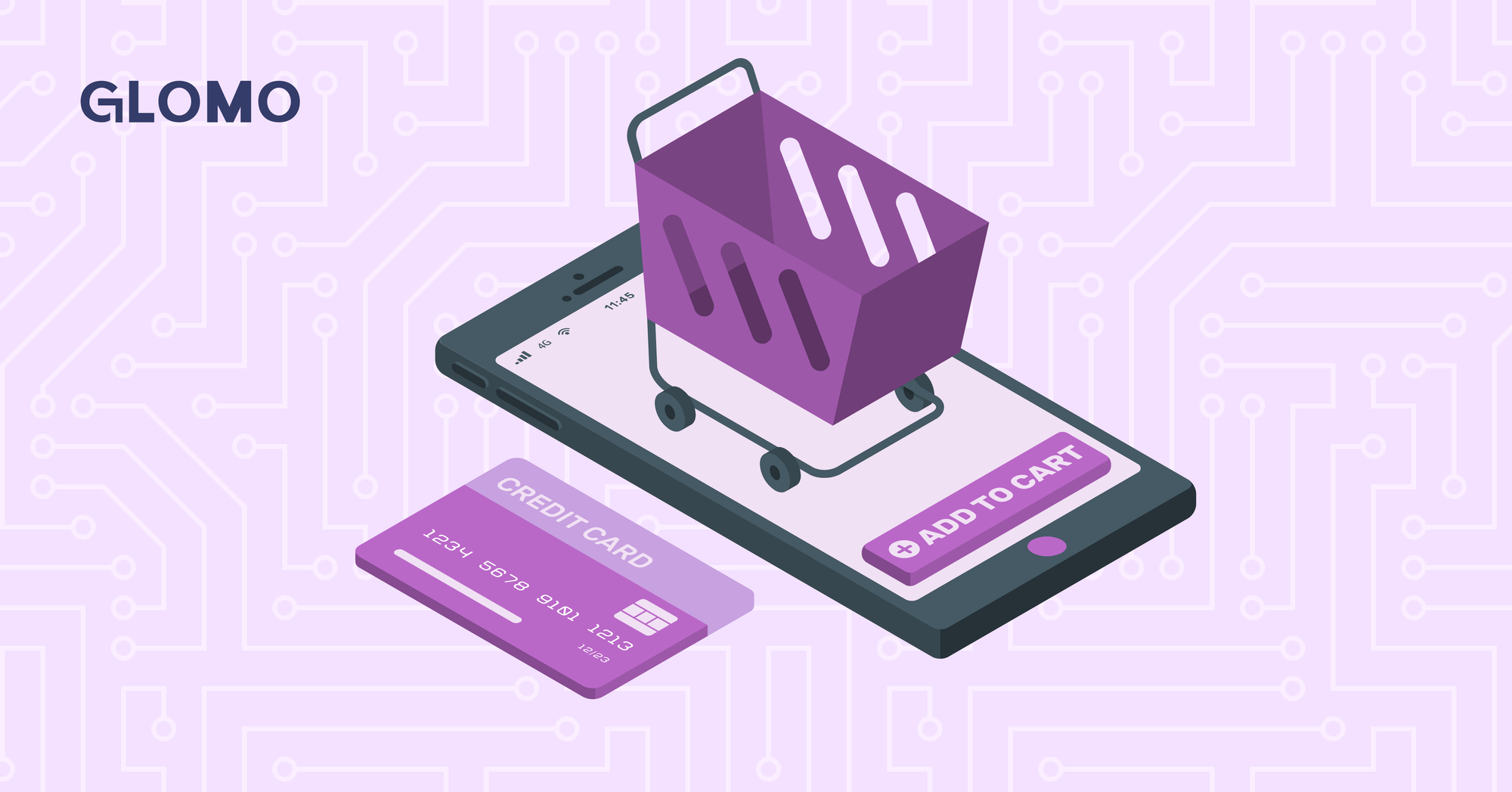Payment Gateways vs Payment Processors: What’s the Difference?

In today’s digital-first economy, accepting payments online or in-store requires a seamless and secure system. Two terms you’ll frequently encounter are payment gateway and payment processor. While they might sound interchangeable, these technologies serve very different purposes but work together to make every payment possible.
Whether you're an eCommerce brand, brick-and-mortar business, or a growing startup, understanding the difference can help you choose the best payment setup for performance, compliance, and growth.
What Is a Payment Gateway?
A payment gateway is the customer-facing interface that securely collects payment information during checkout, either on your website, app, or in-store system.
The payment gateway’s primary roles:
- Captures credit/debit card or digital wallet credentials
- Encrypts sensitive data using SSL or tokenization
- Transmits encrypted info to the payment processor for authorization
It doesn’t move money. Instead, think of it as the secure digital messenger that connects your customer to the payment processing network.
Types of Payment Gateways
What Is a Payment Processor?
While gateways handle communication, the payment processor takes care of the technical and financial backend moving money and confirming authorization.
What a payment processor does:
- Validates payment data with card networks (Visa, Mastercard, etc.)
- Confirms if the customer has enough funds or credit
- Authorizes or declines the transaction
- Coordinates fund settlement into the merchant’s account
- Manages chargebacks, fraud checks, and reporting
The payment processor moves the money. It’s the engine that powers the transaction lifecycle from authorization to fund settlement.
How Payment Gateways and Processors Work Together
Although their roles are different, payment gateways and processors work hand in hand to ensure transactions are quick, safe, and compliant. Here’s a breakdown of what happens when someone makes a purchase online:
Step-by-Step Transaction Flow
- Customer Initiates Payment A customer enters their card or wallet details on your website or mobile app (via the payment gateway interface).
- Gateway Encrypts and Sends Data The payment gateway encrypts the data and forwards it to the processor.
- Processor Contacts Issuing Bank The processor sends the payment request to the customer’s issuing bank via the card network.
- Bank Approves or Declines the Request The issuing bank checks for fraud, verifies credentials, and either approves or denies the transaction.
- Processor Returns the Response The processor communicates the outcome back to the payment gateway.
- Gateway Notifies the Business & Customer Your site or app updates the user immediately—success or failure.
- Processor Settles Funds If approved, the processor completes the transaction by transferring funds to your business’s bank account. This is called settlement, and it typically takes 1–3 business days.
Key Differences at a Glance
Why This Matters for Your Business
Choosing the right mix of gateway and processor impacts:
- Conversion rates (smooth checkout = more completed sales)
- Compliance (PCI DSS, SOC 2, GDPR)
- Security (reduces fraud and chargebacks)
- Fees (processing and gateway charges can affect profit margins)
- Scalability (global support, multi-currency, recurring billing)
Credibility, Security, and Compliance
When choosing a provider, always look for:
- PCI DSS Level 1 Certification – ensures cardholder data protection
- SOC 2 Compliance – proves the provider meets data security standards
- ISO/IEC 27001 – global benchmark for information security
- Tokenization & 3D Secure Support – for added fraud protection
Displaying these certifications and badges on your checkout page builds trust and confidence, especially for first-time buyers.
Final Thoughts
While the payment gateway acts as the secure interface between your business and your customer, the payment processor is the financial engine ensuring the transaction goes through. Together, they form a vital partnership that powers the global digital payment ecosystem.
Understanding their differences and how they work together helps you streamline operations, offer better user experiences, improve payment security, reduce failed transactions, and scale globally with confidence.
This is exactly where Glomo comes in. By combining the strengths of both a gateway and a processor, Glomo gives businesses a single, streamlined platform to accept payments securely and settle funds across borders with ease. With localized currency support, transparent pricing, and faster settlement times, Glomo helps you reduce complexity while unlocking global growth opportunities.
In a world where payments must be instant, seamless, and secure, Glomo ensures your business is set up for success.
